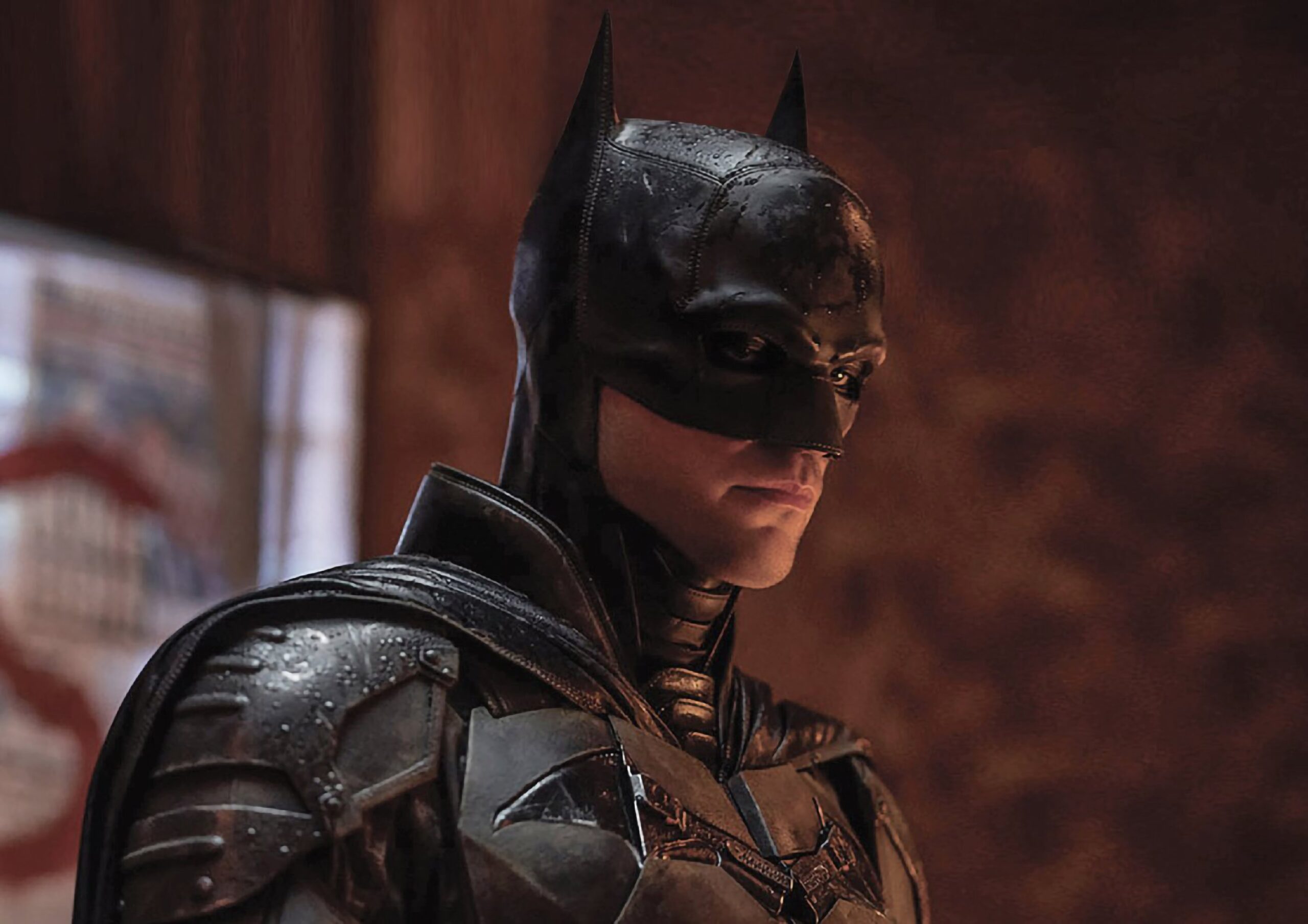By now, nearly everyone you may encounter has watched the hit Netflix series Stranger Things—in which young teenagers from a small town in Indiana find themselves in the midst of a supernatural crisis involving telekinetic children and a massive government scandal. Most are familiar with the show’s iconic character, Eleven, and the other characters, including Mike, Dustin, Lucas, Joyce, Hopper, Nancy, Jonathan, Steve, Will, and Max. And while the show, on the surface, seems mildly inclusive, there are underlying problems with the show’s representation, specifically in their portrayal of female characters, that need to be addressed.
The four leading ladies of the hit show appear to be positive examples of female representation, as they can be found combating enemies and delivering badass one-liners. And even though this idea of strong female leads has practically been a foreign concept before the present, the show is still lacking majorly in appropriate representation.
https://twitter.com/dublinbusenews/status/927322283479355395
First and foremost, all four lead female characters are notably white. In fact, there is only one lead character of color in the whole show (a male character named Lucas Sinclair). The sad truth is that women of color are constantly underrepresented in films and TV shows, despite WOC being nearly 40% of the female population in the United States. To represent women realistically would be to include a lead woman of color, not simply girls with white skin.
Pursuing this further, these female characters, regardless of skin color, fail to properly represent women as a whole. To start, let’s analyze Eleven, the icon of the popular show. Her storyline starts with her escape from a laboratory and encounter with Mike. From there, her arc in the first season is based around her attachment to Mike and her conflict with Dr. Brenner, the man she regards as her father figure. We see little change in the second season, considering Eleven spends most of her screen time in hiding with her new caretaker, Jim Hopper, as she tries to find a way back to her love interest, Mike. Similarly, Joyce Byers spends her time looking for her lost son with Hopper and, in the second season, trying to solve her son’s supernatural epidemic with Hopper, Bob, and Jonathan. Nancy Wheeler, another female lead character, seems to have her plotline revolving around her love triangle between Jonathan and Steve while working with a male conspiracy theorist, and Max, the remaining lead female, has a developing plot line with Lucas, Mike, Dustin, and Will, as well as a conflict with her toxic older brother, Billy.
The common denominator between every female plot line in the show is that they are male-centric. Despite the girls being identifiable as strong-headed, they are hardly ever written in an arc not centered around a male character. While male characters seem to have plot lines created around differing conflicts that do not involve females, the girls of Stranger Things‘s plots always seem to somehow revolve around a male figure. For example, Will has a plot of overcoming the supernatural demons within him. Dustin has a plot of finding the demogorgan. Mike has a plot of finding and helping his best friend, Will. Hopper has a plot of keeping his town safe as a police officer. This independence from the opposing sex is not present within the female plot lines.
Another massive problem within the representation of females in Stranger Things is the relationships between the female characters themselves—or the lack thereof. Hollywood, especially in recent times, has increasingly began to include actresses as leads, and yet many still fail to pass the Bechdel-Wallace test, which checks to see if a work has at least two named women who talk to each other about something other than men for a given period of time.
Our stories are constantly defined by either male-female interactions or male-male interactions, all revolving around men. Stranger Things is no exception. The show disappointingly falls short in developing relationships between the characters- and even though the girls seem to be intertwined in their connections, their paths rarely ever cross. Even then, the most prominent interaction between the female leads was when Eleven was overwhelmed with a mature jealousy after she sees Max and Mike together, a resentment that is carried to the end of the season.
“Dustin and Lucas get to hash out the nuances of their jealousy issues over the course of multiple episodes. Eleven and Max aren’t even given a single scene to deal with their own,” said writer Caroline Siede. “That feeds directly into the idea that men are complex, flawed human beings while women are just irrational and petty.”
The reality is that women make up more than half of the world’s population, yet in Stranger Things, and in many other works like it, women rarely interact with each other, as if in the non-fictitious world, women never have relationships with each other without the involvement of a male.
The Duffer Brothers seemed to attempt this concept in an episode where Eleven explores her identity and becomes acquainted with a girl named Kali, who has similar supernatural capabilities, but having a single episode with inter-female relationships hardly constitutes as adequate representation, especially when it was poorly delivered in a monotonous and disappointing manner.
Luckily for the show, the representation problem is a relatively easy fix. I anticipate an upcoming friendship between Max and Eleven, and I hope to see various pairings between these female characters in the future episode, as well as inclusion of more women of color in order to properly represent the female population.











